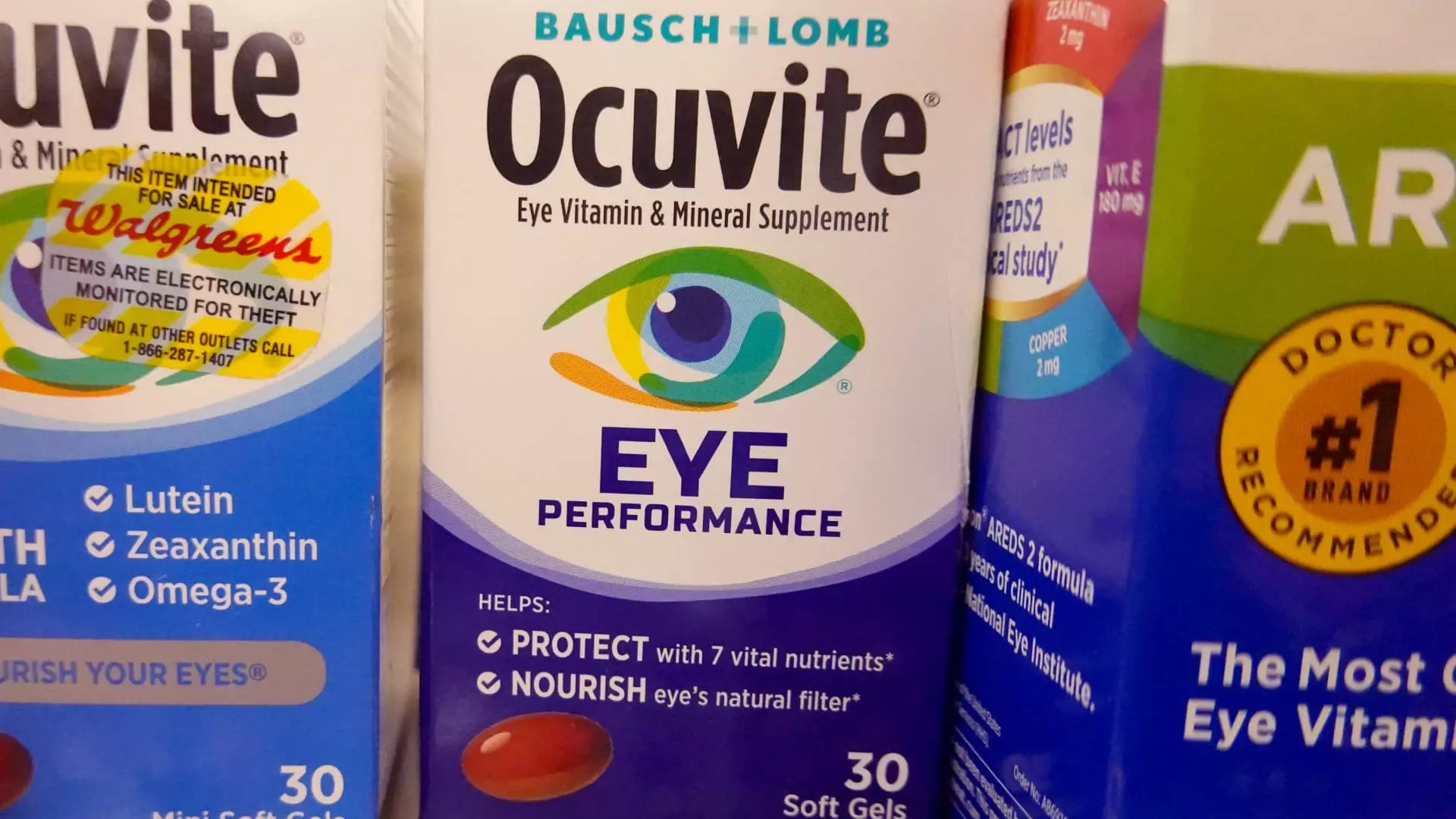Bausch Health, a prominent global entity in the specialty pharmaceuticals sector, has undergone significant transformations. Originally branded as Valeant Pharmaceuticals, the company is headquartered in Canada and boasts a diverse portfolio that encompasses various therapeutic domains such as dermatology, gastroenterology, neurology, and ophthalmology. The multifaceted nature of its operations is structured across five distinct segments: Bausch + Lomb, Salix Pharmaceuticals, International Rx, Solta Medical, and Diversified Products. This article aims to critically examine Bausch Health’s current landscape, focusing on market dynamics, strategic decisions, and potential future valuations.
Bausch Health’s evolution has been significantly influenced by activist investor Carl Icahn, who filed a 13D with the U.S. Securities and Exchange Commission in February 2021. His involvement underscores the critical importance of shareholder value in corporate governance. The subsequent strategic review initiated by the company was a direct result of these discussions, highlighting how external pressures can shape internal management strategies.
Icahn’s decision to engage directly with the company’s management and the board resulted in notable board changes, expanding its size from 11 to 13 directors to accommodate Icahn’s portfolio managers. This shift not only reflects a commitment to shareholder interests but also indicates a willingness to adapt governance structures to enhance operational effectiveness. However, the long-term implications of such changes on decision-making processes remain to be observed.
In May 2022, Bausch Health made a pivotal decision by spinning off Bausch + Lomb into a separate publicly traded entity. This maneuver aimed to unlock the full potential of its core eye care business while retaining an 88% stake in the division. Such an approach allows Bausch Health to maintain a significant interest in a high-performing segment while potentially alleviating some of the burdens associated with its substantial debt load, which sits at approximately $20.4 billion.
The spin-off has revealed a more granular view of Bausch + Lomb’s financial landscape. Following reports that Goldman Sachs was engaged to explore a sale, market analysts began reassessing the value of Bausch + Lomb, which has a current enterprise value of around $10 billion. However, this valuation appears subdued, primarily due to Bausch Health’s overarching control and its significant debt obligations, which also encompass Bausch + Lomb’s liabilities.
Valuation Perspectives: Calculating Potential Worth
The systematic examination of Bausch + Lomb’s potential sale value reveals a complex interplay between debt obligations and projected earnings. Currently, estimated earnings before interest, taxes, depreciation, and amortization (EBITDA) for Bausch + Lomb is around $966 million for 2025. In comparison to peers like The Cooper Companies and Alcon, which command higher enterprise value/EBITDA multiples, Bausch + Lomb’s valuation may considerably increase if sold to an external entity. Analysts suggest that an enterprise value of $18.35 billion could be achievable, far exceeding the current market price of $15.55 per share.
Focusing on the Salix division, which has emerged as a key income driver, its dependency on the Xifaxan drug, set to lose patent protection in January 2028, raises concerns regarding sustainable revenue streams. Despite the potential obsolescence of Xifaxan’s profitability, the current valuation built on future earnings projections remains optimistic, particularly with an estimated present value of $4.25 billion.
Future Directions: Remaining Core Divisions and Their Prospects
Post-spin-off, Bausch Health’s remaining segments—namely International Rx, Diversified Products, and Solta Medical—present varying degrees of growth potential. Valuation models reveal discrepancies within the segments, reflecting the nuanced nature of pharmaceutical peer comparisons. For instance, while the International Rx division aligns with moderately valued peers, the prospects for the Solta Medical business appear more promising given its recent growth trajectory compared to declining peers.
As analysts forecast a scenario where the combined value of remaining operations and anticipated revenues from Bausch + Lomb and Xifaxan could yield an impressive total enterprise value exceeding $25 billion, the discussion pivots toward the implications for Bausch Health’s stockholders. With a calculation estimating an equity value of approximately $10.49 billion, significant growth potential looms amidst the likely volatility associated with M&A explorations.
Bausch Health stands at a pivotal juncture, where the convergence of shareholder activism, strategic realignment, and effective management could dictate its trajectory in an increasingly competitive landscape. While the financial intricacies of the company remain challenging, ongoing efforts to maximize shareholder value through potential asset divestitures and operational efficiencies present opportunities for recovery and growth. The evolving corporate structure, coupled with a reframed understanding of its market position, allows Bausch Health a unique chance to redefine its future and navigate the complexities of the pharmaceutical industry.

